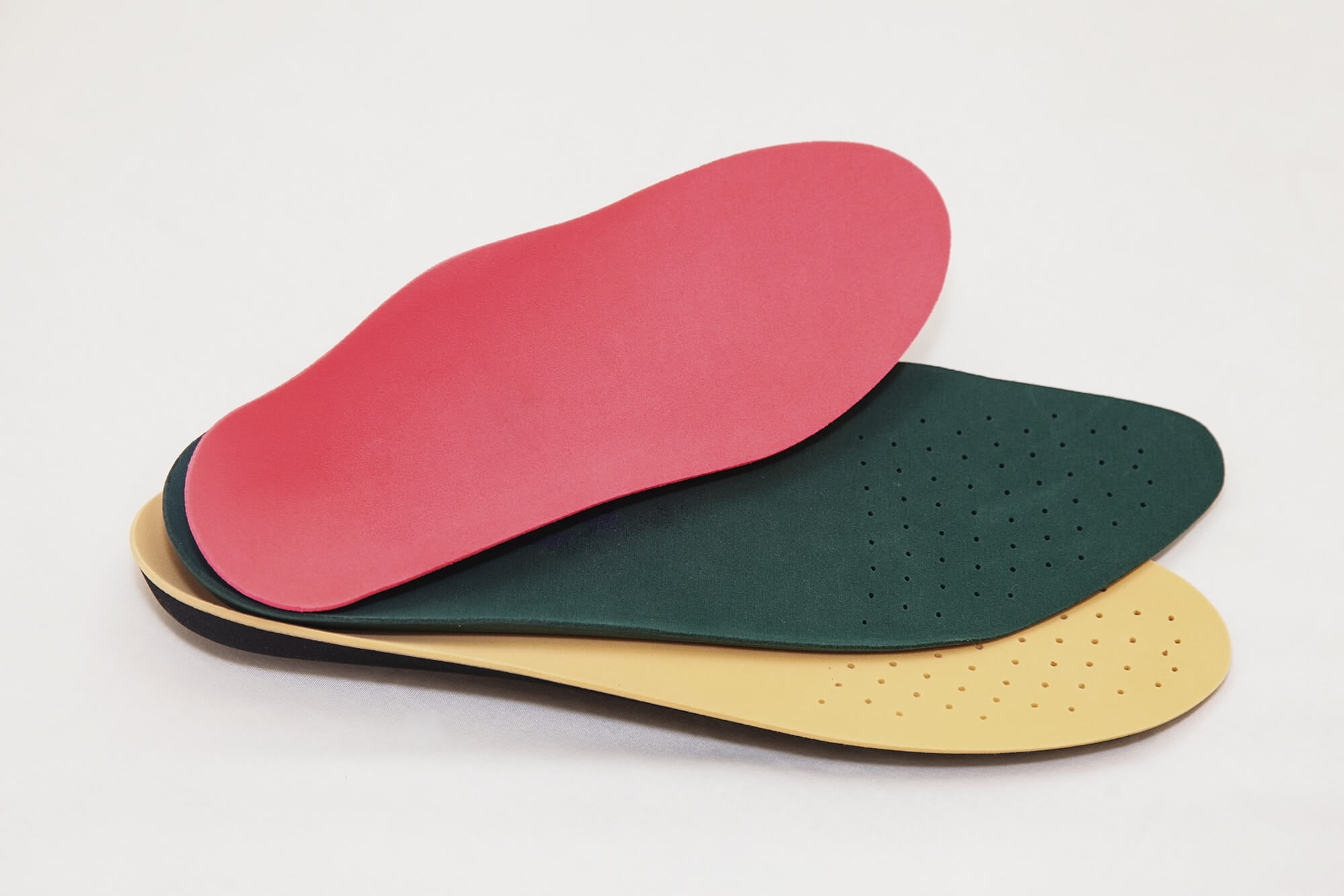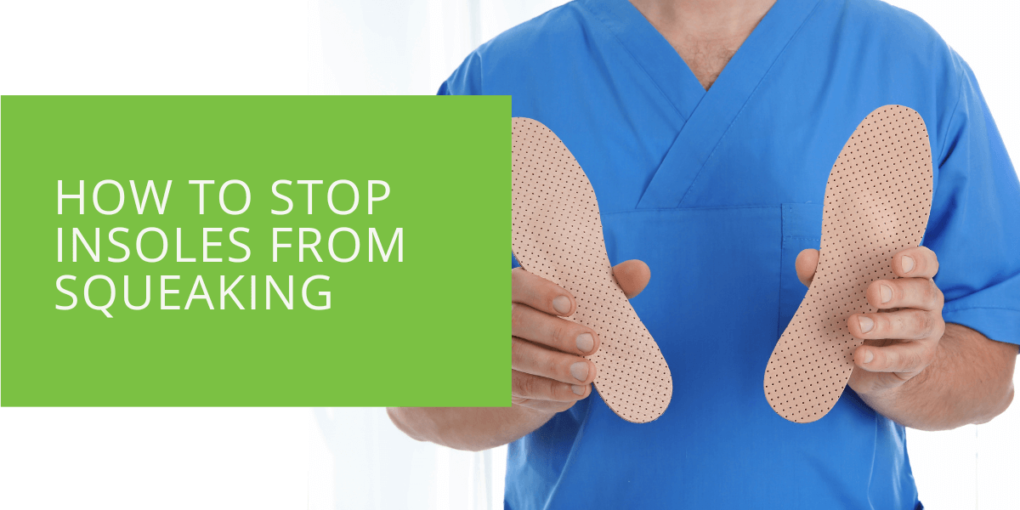How to Stop Insoles from Squeaking
Have you ever experienced the embarrassment of squeaky insoles? Not only can the noise be irritating, but it can also draw unwanted attention to your every step. Luckily, there are effective solutions to silence those squeaks and ensure comfortable, noise-free footwear. In this article, we will explore the causes of insole squeaking and provide step-by-step instructions on how to stop the squeak. Say goodbye to those annoying shoe noises once and for all!
Understanding the Causes of Insole Squeaking
Moisture-related issues and friction-related factors often cause squeaky insoles. Moisture accumulation, such as sweat, can make insoles squeak. Additionally, the material of the insole and the shoe's lining can create friction, resulting in squeaking sounds when you walk or move.
Step-by-Step Solutions to Silence Squeaky Insoles
1. Proper Cleaning and Drying
To begin, remove the insoles from your shoes. Give them a thorough cleaning using mild soap and water, ensuring you remove any dirt or debris. Once clean, allow them to air dry completely before placing them back into your shoes. For faster drying, you can place the insoles near a fan or use a hairdryer on low heat.
2. Applying Lubricants or Powders
One effective way to stop the squeak is by applying lubricants or powders. Silicone-based lubricants are commonly used to reduce friction and eliminate squeaks. Apply a small amount to the bottom of the insole or the shoe where they come into contact. Alternatively, talcum powder or cornstarch can absorb moisture and reduce friction. Sprinkle a liberal amount of powder onto the insoles and distribute it evenly.
3. Adjusting Insole Placement
Improper placement of insoles can contribute to squeaking. Take the time to realign the insoles properly, ensuring they fit snugly within your shoes. Use adhesive or double-sided tape to secure the insoles in place if necessary. This will help minimize movement and friction, effectively reducing or eliminating the squeak.
4. Reinforcing Insoles with Supportive Materials
Adding cushioning inserts can provide extra support and minimize friction, reducing squeaks. Anti-slip pads or liners can also be placed on the bottom of the insoles to create a barrier between the insole and the shoe. Gel or foam materials are excellent choices for noise reduction, as they absorb impact and prevent friction-related sounds.
5. Replacing or Modifying Insoles
Sometimes, the best solution is to replace the insoles altogether. Look for high-quality insoles specifically designed to reduce noise and provide comfort. Alternatively, custom-made orthotic insoles can be an excellent long-term investment, as they are tailored to your specific foot shape and needs. If you prefer to modify existing insoles, consider trimming them to fit your shoes properly or adjusting their shape to reduce friction.

Additional Tips and Precautions
1. Regular Maintenance for Longevity
To ensure the longevity of your insoles and prevent squeaking, it's important to maintain them regularly. Remove the insoles from your shoes periodically and inspect them for any signs of wear or damage. Clean them using mild soap and water, removing any dirt or debris. Allow them to air dry completely before placing them back into your shoes. Regular cleaning and drying will help prevent moisture buildup and prolong the lifespan of your insoles.
2. Choose Appropriate Footwear
The choice of footwear plays a significant role in preventing insole squeaking. When selecting shoes, consider their compatibility with your insoles. Look for shoes with a smooth and compatible bottom surface, as rough or textured surfaces can cause friction and contribute to squeaking. Additionally, opt for shoes that provide adequate space and support for your insoles, ensuring a proper fit and reducing the risk of unnecessary movement and noise.
3. Seek Professional Assistance
If the squeaking problem persists despite your efforts, you should seek professional assistance from a podiatrist. A podiatrist can assess your specific situation, evaluate your footwear and insoles, and provide expert advice tailored to your needs. They may recommend custom-made orthotic insoles that address your specific foot issues and reduce the chances of squeaking. Professional guidance can be invaluable in resolving persistent squeaking problems and ensuring optimal foot comfort.
Conclusion
Dealing with squeaky insoles can be frustrating, but with the solutions and tips in this article, you can effectively silence the squeak and enjoy comfortable, noise-free footwear. By understanding the causes of insole squeaking, such as moisture and friction, you can take targeted steps to eliminate the noise and prevent future occurrences. Remember to properly clean and dry your insoles, apply lubricants or powders to reduce friction, adjust the placement for a snug fit, reinforce with supportive materials, and consider replacements or modifications when necessary. Additionally, don't forget to maintain your insoles regularly and choose compatible shoes to minimize friction and noise. If you're unsure or the squeaking persists, consulting a podiatrist can provide professional guidance and assistance. So, say goodbye to those embarrassing shoe noises and enjoy quiet, comfortable steps with these effective solutions.

